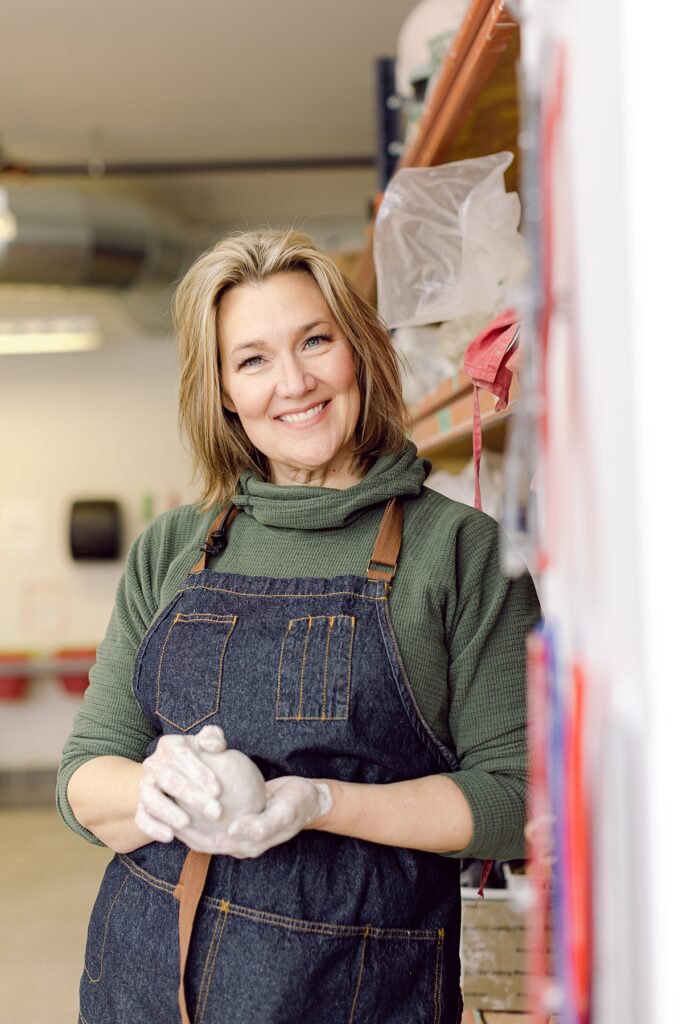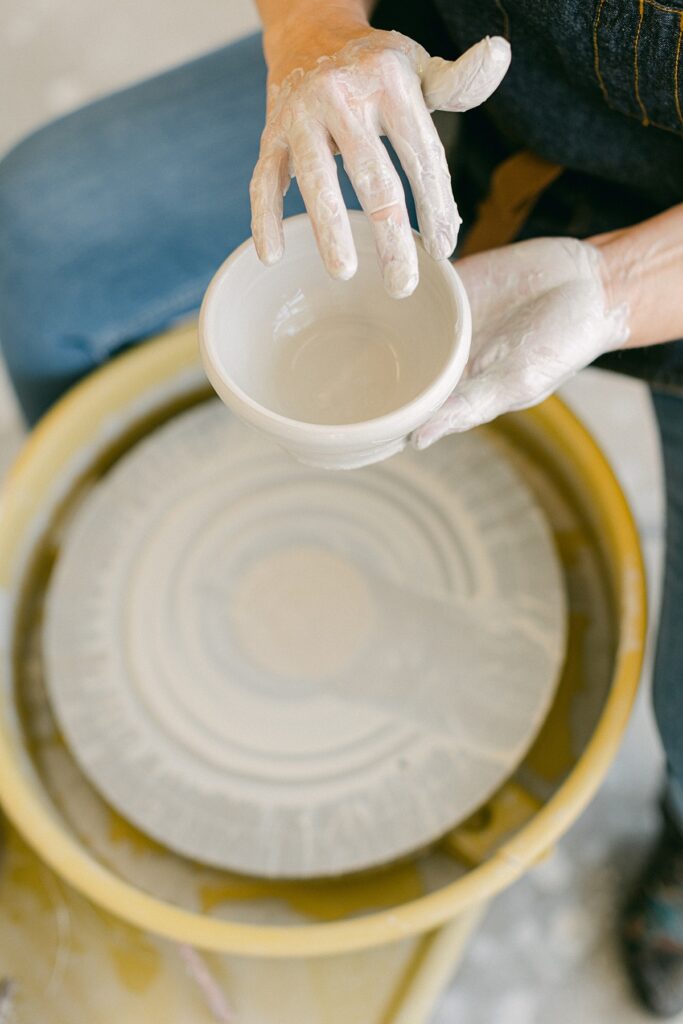I love pottery.
The process of making a piece is a rough metaphor of life. A piece of pottery tells a story.
First, the clay is lifted away from the earth; natural, untouched, tough yet flexible. I take that raw clay and wedge it, pressing and kneading it like a heavy, stiff dough, making it malleable, stable, and free from anything that could hurt the final piece.
Next, to give it form, I throw the clay on a wheel, or I hand build it. The clay is only coaxed into shape by the strong, sustained pressure of a potter’s hands.
After giving the newly formed piece time to rest, I press a metal carving tool against the stiffening clay to trim the bulk and excess. I cut away everything that makes the pot heavy or misshapen, revealing a shape that is functional, lightweight, and strong.
While the clay is still impressionable, I use a knife to sculpt out embellishments. Maybe I’ll make a handle or a lid to fit the pot.
Finally, I carve my initials into the base, so everyone will know who the potter is.
When the piece is fully dried, I fire it in the kiln at high heat to make it durable and strong.


After the pottery has cooled, I burnish the surface and paint or dip it in an alchemy of oxides or ceramic glazes. Maybe I’ll soak it in milk. The purpose of glazing a clay pot is to enhance the aesthetic appeal and to seal the body, making it waterproof and safe to use.
The full beauty is revealed in the second firing, where the intense heat melts the glazes, creating a unique patina.
When a piece of pottery breaks, there is a form of repair called “kintsugi,” the Japanese art of patching broken pieces together using lacquer dusted with precious metals. Pottery repaired with the kintsugi method is stronger and even more beautiful because it shines with veins of gold that join the broken pieces back together.
There is another Japanese term, wabi-sabi, which can be loosely defined as an appreciation of the beauty of imperfection. Wabi-sabi embraces asymmetry, roughness, and simplicity.
While a ‘perfect” mug may come from a factory mold, the mug that comes from a potter’s hands is beautiful because of all the imperfections. No matter how much attention I give a piece of pottery, there will be defects: imperfections in the clay, dents from the pressure of my hands, changes in shape from the drying, errors from the trimming, drips or bubbles in the glazes, melting interactions between oxides, and fluctuations from the forging heat and the cooling down. Handmade pottery is wabi-sabi. The flaws combine to create a stunning, singularly distinctive piece.
Pottery is a metaphor for life. It tells a story of clay that endures pressure and fire to become a functional piece that is imperfect, strong and beautiful.
